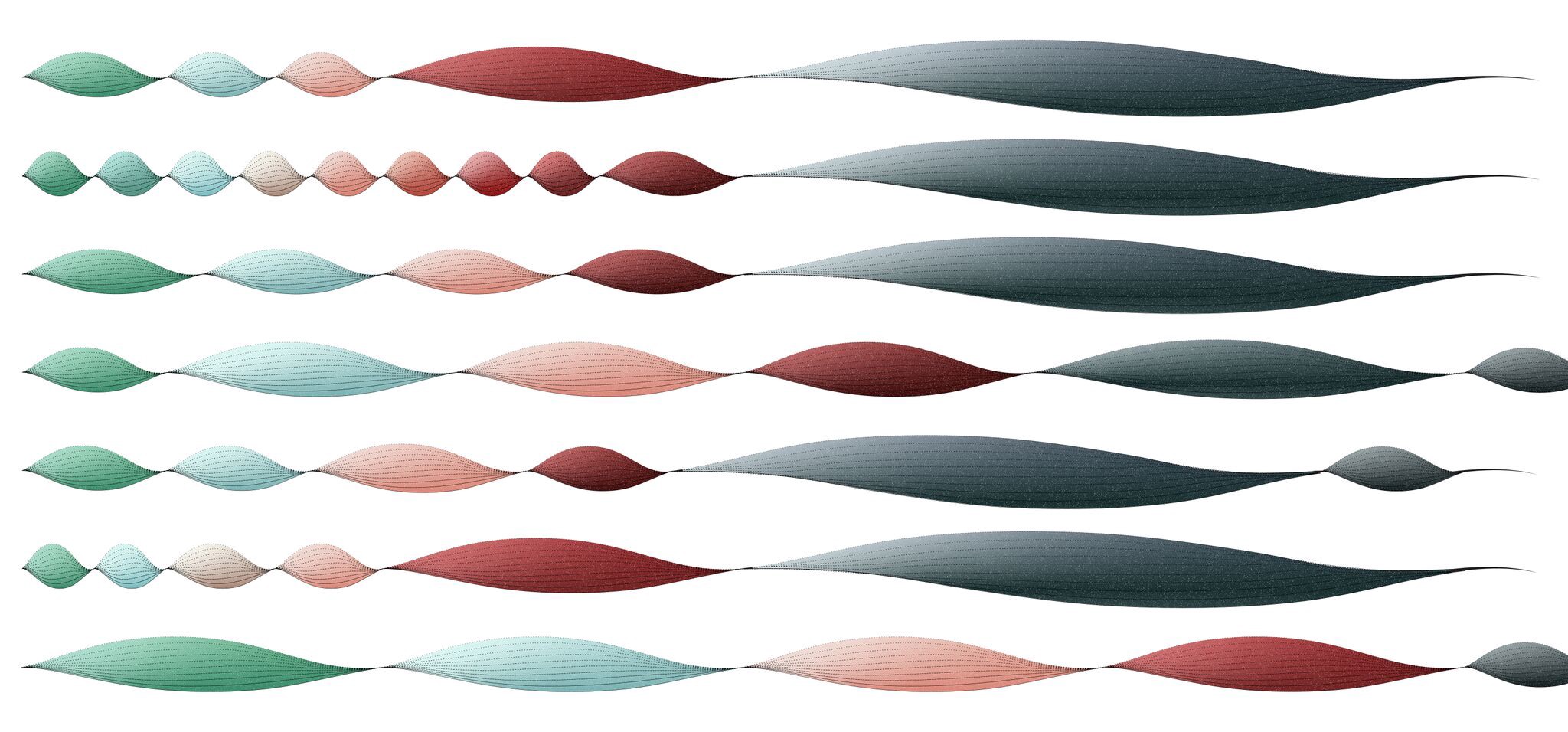
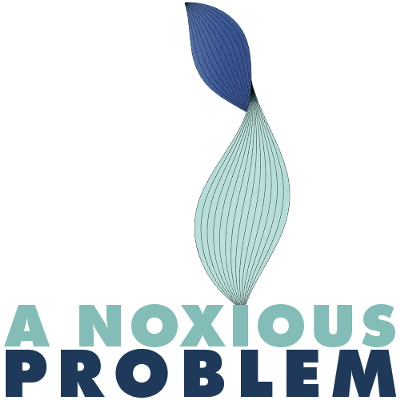
Read the next installment: “How Outdated Cars Live On in a Smoggy Afterlife“

The byzantine layers of European Union bureaucracy might seem like the perfect place to hide, but a trained eye can still see through them. So when staff at Greenpeace’s European Unit learned about what was happening in the Technical Working Group for the Industrial Emissions Directive, they realized that something was amiss.
Technical Working Groups, or TWGs, are composed of panels of experts convened by the EU to hash out the finer details of policy. In this case, the main task of the group was to set out standards known as “BREFs,” establishing guidelines for the emissions produced by large combustion power plants. These included limits for air pollutants such as particulate matter, sulfur dioxide, nitrogen oxides, and toxic metals like mercury and lead.
But in this particular TWG, a large number of the so-called “experts” were pushing for lenient standards that would allow coal power stations to emit these pollutants at levels that would harm the health of European residents.
By filing a number of Freedom of Information requests, Greenpeace workers uncovered additional information that stunned them: of 352 TWG members in total, 183 were either direct employees of energy companies or lobbyists paid to promote their interests. In total, industry-paid representatives made up more than half of the members of the group, giving polluting industries the largest say in how they would be allowed to operate.

Greenpeace published the results of this investigation in April 2015, in a report titled Smoke & Mirrors: How Europe’s biggest polluters became their own regulators. Its conclusions were stark: the industrial air pollution standards being considered by the EU’s pollution control bureau were weaker than those of Japan, the United States, and even coal-dependent China.
Besides the 137 business delegates who were sent to the TWG explicitly to represent their industries, many of the national delegations were also composed in whole or in part by power plant operators or energy company employees. These people stood to benefit directly from weak emissions standards, which would not require them to spend money on retrofitting plants. Such a decision is shortsighted, to say the least: China’s large-scale adoption of emissions reduction technology is predicted to more than pay for itself.
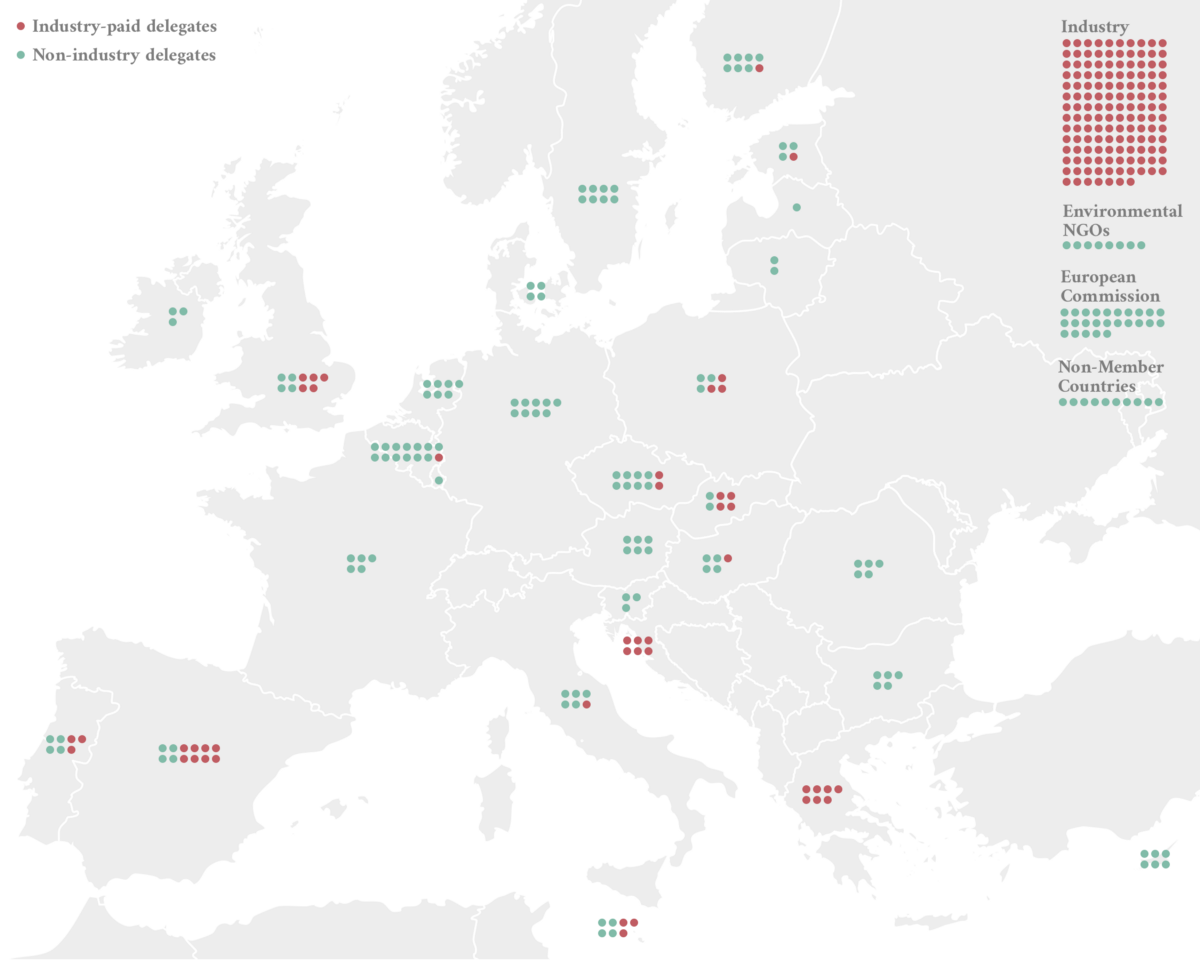
Sebastian Mang, the climate and energy policy adviser for Greenpeace’s EU office and a contributor to the report, says that the level of industry influence exceeded anything that he’d witnessed before: “This [regulatory capture] does happen in other areas, but doesn’t usually happen with topics that are so important,” he says. “This time the process was particularly bad–it was incredible.”
At the same time that polluting companies were stacking the European Environment Agency’s working group to hamstring emissions controls, the same agency was warning that hundreds of thousands of Europeans would suffer a premature death due to air pollution if member states’ governments failed to act.
Imagine a midsize but significant European city, like Toulouse in France, Bratislava in Slovakia, Edinburgh or Liverpool in the U.K., or GdaÅ„sk in Poland. Now imagine the entire population of one of those cities dying over the course of a year, and you’d still be underestimating–by a margin of tens of thousands–the number of people in Europe who die prematurely every year due to air pollution.

According to a report from the European Court of Auditors, there are an estimated 510,000 premature deaths due to air pollution each year in the EU. That’s a huge number, and it makes air pollution the leading environmental cause of premature death in Europe by far–the toll is more than ten times higher than the number of deaths from road traffic accidents.
Given the striking figures, you might think that member states would do everything in their power to reduce the effects of a phenomenon that so drastically impacts the health of European citizens. And yet, national governments frequently conspire to block pollution restriction measures that would undeniably save lives.
Some nations are worse than others in this respect, and a select few appear time and time again on the list of anti-regulation advocates. The United Kingdom is one of them: in 2016, after the EU agreed to weaken air pollution targets for 2030, a diplomat told The Guardian that the U.K. had been instrumental in building a coalition of some of the worst polluters to resist the proposal.
Poland has also been particularly active on the same front, launching legal action against the European Commission in March, 2018, with the aim of challenging air pollution standards for large power stations. The action was supported by Bulgaria, which had the worst air quality in Europe in 2013 but was later beaten on that count by Bosnia-Herzegovina and the Republic of Macedonia.
Resistance to these policy solutions seems reprehensible on its own, but it’s not the end of the story. To add insult to injury, not only does a core group of countries consistently try to block regulation, but the countries with the highest rates of emissions collectively spend billions of euros each year on subsidizing the coal industry, actively helping polluting companies stay in business.
A report from the Overseas Development Institute, a nonpartisan global think tank, found that from 2005″”2016, the 10 countries which produce 84 percent of Europe’s energy-related greenhouse gas emissions gave an average of €6.3 billion per year in subsidies to coal. All of the countries–Germany, Poland, Spain, the Netherlands, the U.K., Greece, Czechia, Hungary, Italy and France–gave some form of tax break to companies involved in the various stages of the coal supply chain, including mining, processing/refining, and power plant operation, all of which reduce the cost of using coal as an energy source.
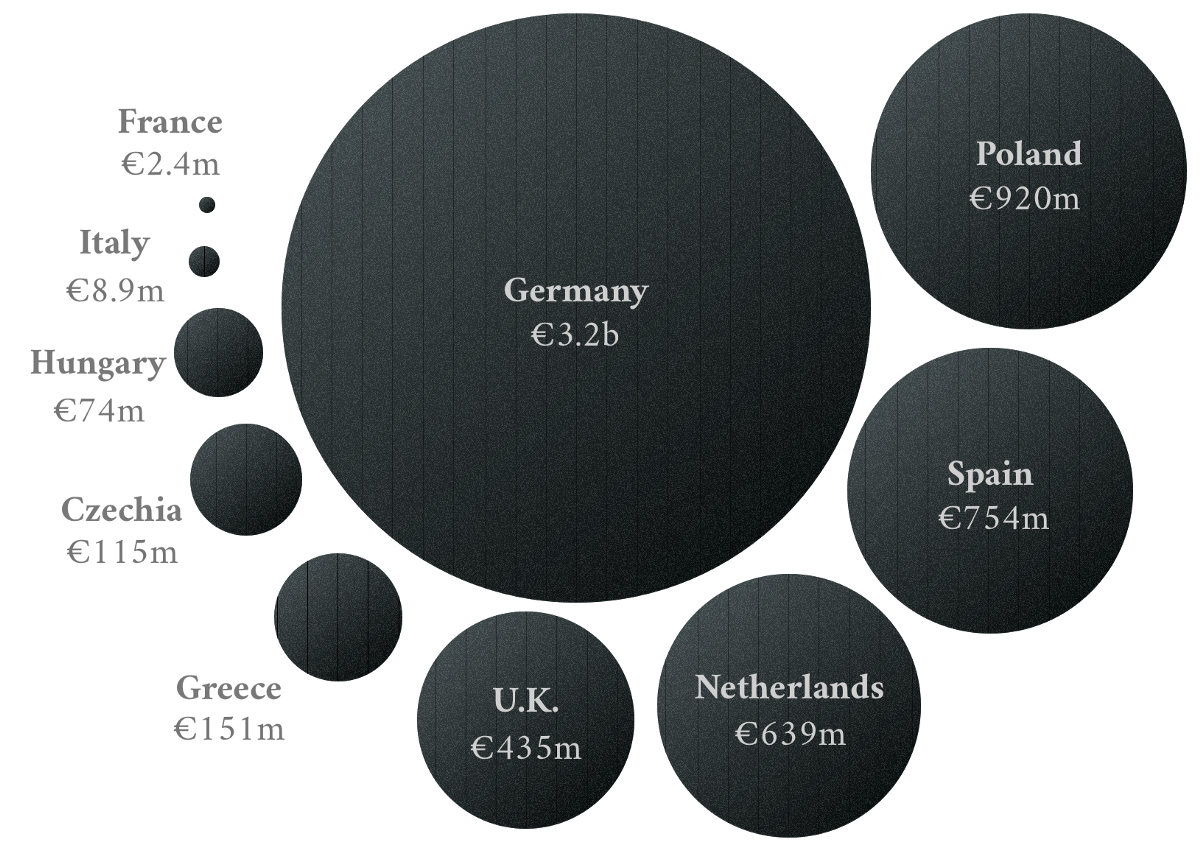
Despite these subsidies, coal is consistently decreasing in profitability, while other forms of energy generation become more efficient, and more economical, by the day. Renewable energy in Europe is taking off without new subsidies from governments–a new crop of power generation projects is flourishing on its own. It’s because of this that the coal industry, in a last, ashy gasp–and regardless of the consequences for public health–has been trying to sabotage regulations that would accelerate the fossil fuel’s decline.
Ultimately, despite having stacked the Technical Working Group with a majority of industry representatives, the coal industry did not get to make the amendments it hoped for. After investigations like Greenpeace’s Smoke and Mirrors report, and campaigns by numerous other environmental groups like the European Environmental Bureau (EEB), a stricter set of emissions standards for large power plants was imposed in 2017. These measures could save around 20,000 lives each year–the number of people who would die of health conditions caused or exacerbated by air pollution under more lenient regulations.

Unfortunately, even with industrial standards set to stricter levels, more general EU pollution standards for ambient air quality are consistently broken. London is a particularly bad offender here: in 2018, the city reached the overall EU yearly limit for severe air pollution days by the end of January. There were also 50 sites in the city whose average air quality levels in 2017 breached the legal limit.
The situation is made more complex by the patchwork system of enforcement that exists among EU members. “At member state level, we still don’t see the immediate push that is necessary to ensure that objectives established by EU legislation are reached,” says Margherita Tolotto, the EEB’s policy officer for air quality. “This is even more complicated when we refer to member states where governance is fragmented.”
She continues: “For example, in Italy, you have regions that are responsible for establishing air quality plans, and have to ensure that objectives are reached. It’s difficult to track who’s doing what: the member state is responsible toward the European commission, and regions are responsible for acting on the ground.”
Additionally, there are striking discrepancies between different jurisdictions’ standards for measuring and reporting air pollution: in some cases, individual cities define “good” air quality as levels that are “poor” by EU standards.
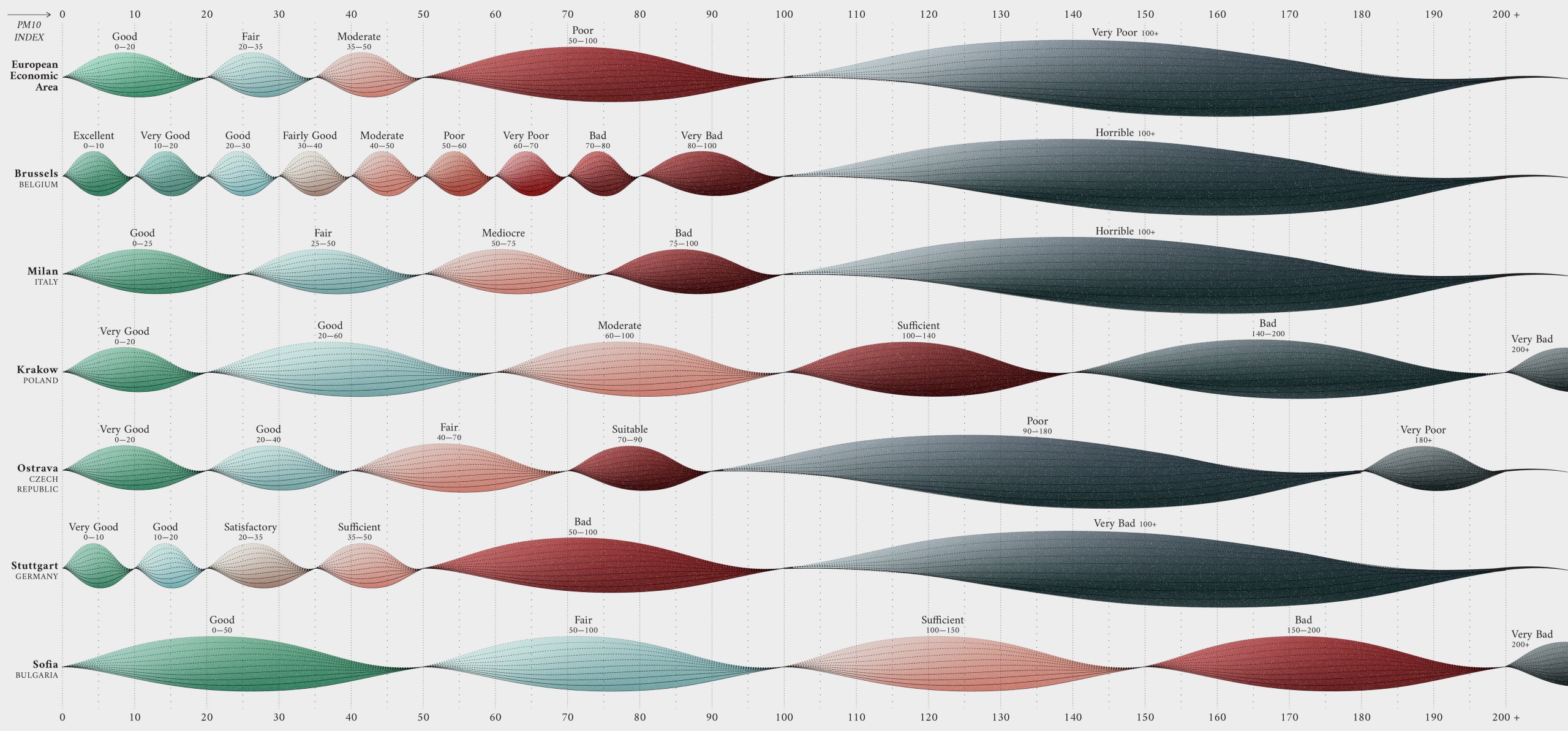
“‹Tired of member states consistently failing to tackle harmful levels of air pollution, the European Commission (EC) announced in May, 2018, that it was referring six countries to the European Court of Justice for consistently violating its rules. The first referral to the court usually results in a warning, but further referrals can result in multimillion-euro sanctions. “Member states can then decide if it’s cheaper to meet standards or just pay the fines,” Tolotto says.
However, in August, a group of 11 countries, including France, Spain, Germany, and the United Kingdom, raised eyebrows by asking the EC to retroactively raise their emissions targets in order to avoid punishment. Effectively, they wanted to be let off the hook for past inaction on the issue.
When contacted about the subject, a spokesperson for the U.K.’s Department for Environment, Food & Rural Affairs gave the following statement:
While air quality has improved significantly since 2010, we understand the risk it continues to pose to human health, and realise more needs to be done. We are acting faster to tackle air pollution than almost every other major developed economy, with an ambitious £3.5bn plan to reduce harmful emissions, an ambitious Clean Air Strategy, and new primary legislation in our upcoming Environment Bill including provisions to improve air quality.

In contrast to the relative inaction by EU member states, there are many signs that citizens want stricter controls on air pollution, and are willing to take initiative where governments won’t. As evidence, Tolotto cites the growing trend for “citizen science”: low-cost, large-scale projects like Belgium’s CurieuzeNeuzen, in which 20,000 residents of the Flanders region sampled air quality outside their houses.
In fact, a report from the European Court of Auditors–the same document that estimates more than a half billion EU residents die prematurely each year due to air pollution–also notes:
The increasing importance of the citizens’ actions is shown by the recent Court cases launched by citizens and NGOs against their national authorities. In the Czechia, Germany, France, Italy and the UK, national courts have ruled in favour of citizens’ right to clean air and required the Member States concerned to take further action to tackle air pollution.
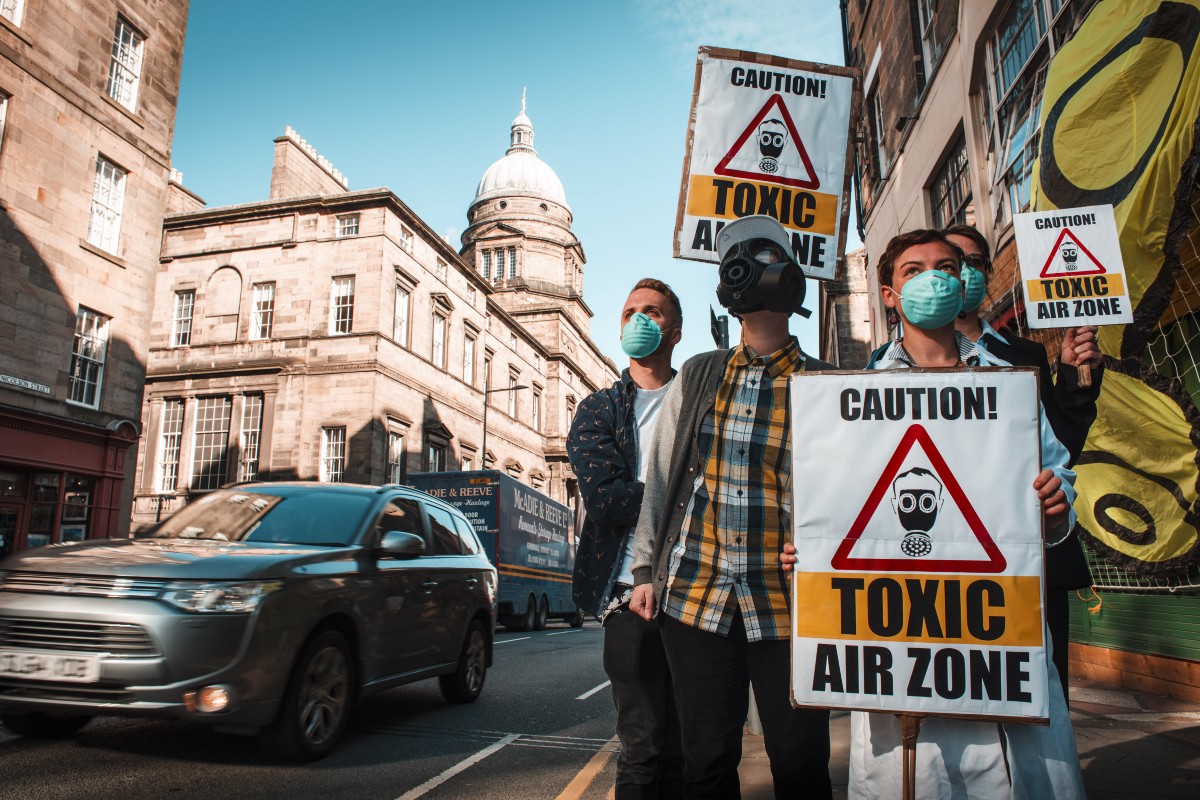
There’s still a long way to go, and the stakes are high. Thankfully, there are many environmental organizations committed to keeping the EU on track. “My colleagues and other NGOs are working very hard to make sure that these regulations are implemented in the right way, which will result in [coal] plant closures, particularly in Eastern Europe and Germany,” says Sebastian Mang of Greenpeace.
Due to that hard work, the coal lobby’s first plan to capture the TWG for the Industrial Emissions Directive failed, and thousands of lives were saved as a result. It’s easy to forget that something as fundamental, and invisible, as air must be carefully maintained and preserved if it’s to remain safe. But without clear rules to protect our air, polluters will be able to pass on the costs of their dirty industry to the population at large.
Wherever the incentive to put profit over people exists, public health is at risk, often without the public being truly aware. That’s why rigorous environmental standards are so vital: our safety, and our right to breathe clean air, is too important to leave anything to chance.

Read the next installment: “How Outdated Cars Live On in a Smoggy Afterlife“

How We Get To Next was a magazine that explored the future of science, technology, and culture from 2014 to 2019. A Noxious Problem is a three-part series that digs into the world’s deadliest health crisis–air pollution–and what can be done to fight it.
